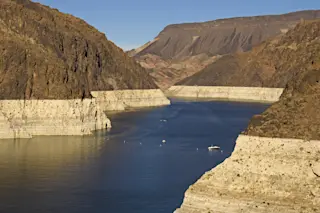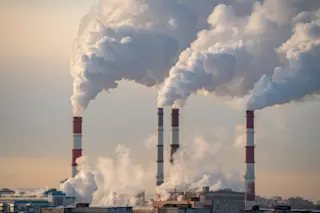I shot this iPhone photo of Arctic sea ice in the Davis Strait between Greenland and Baffin Island while flying from Iceland to Denver on Jan. 30, 2018. (Photo: ©Tom Yulsman) Another month, yet another record low for Arctic sea ice extent in a warming world. January's average ice extent in the Arctic was 525,000 square miles below the 1981-to-2010 average, making it the lowest January extent in the satellite record. This is an astonishingly large loss of ice — equivalent to 80 percent of Alaska. But what happened in January was equally, if not more significant, for its timing. It happened when the Arctic was gripped by frigid, polar weather. Record lows in the Arctic once occurred mostly in September — at the end of summer when relatively warm temperatures naturally cause the frozen lid of sea ice to shrink to an annual minimum extent. With human-caused warming added ...
Arctic Sea Ice Just Set Another Record Low—In Winter
January marked a new record low for Arctic sea ice extent, signaling alarming changes tied to climate change impacts.
More on Discover
Stay Curious
SubscribeTo The Magazine
Save up to 40% off the cover price when you subscribe to Discover magazine.
Subscribe












